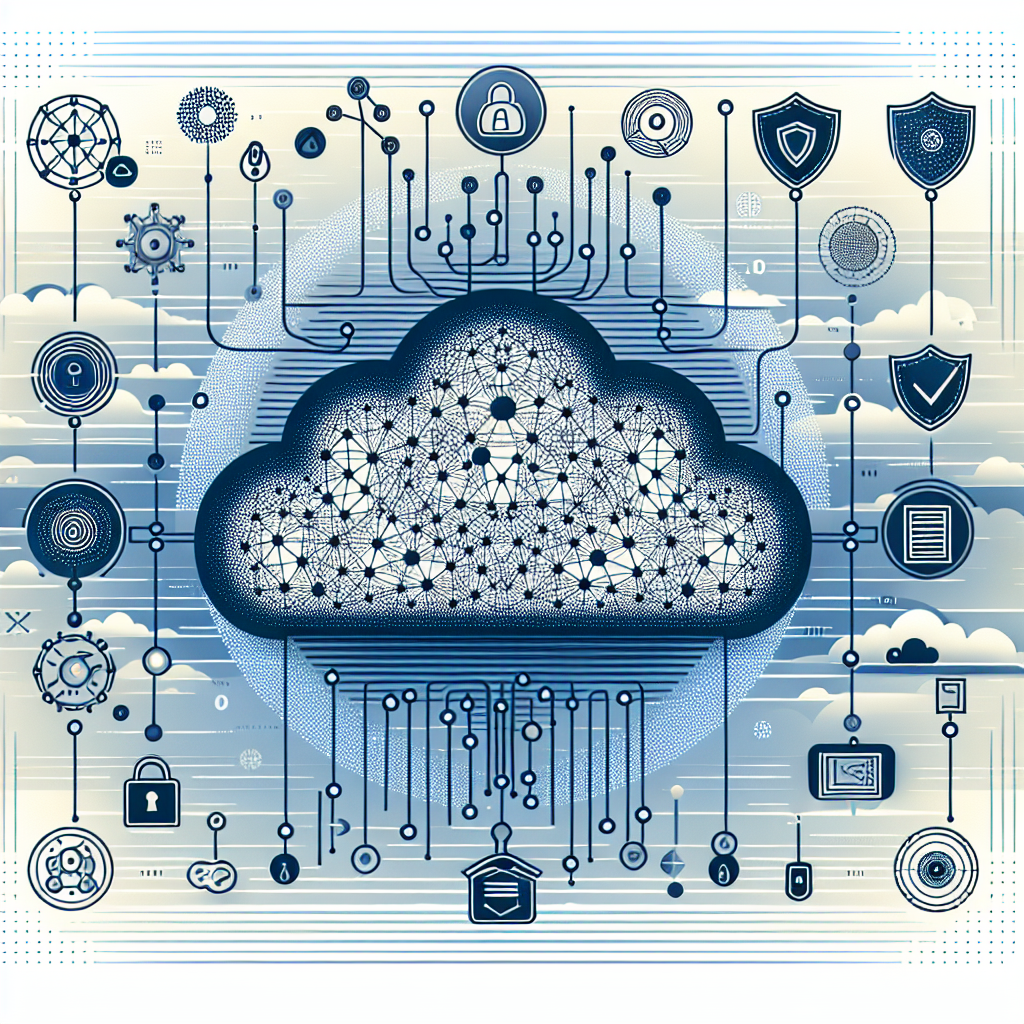The Evolution of AI Model Sharing
As generative AI continues to transform business landscapes, organizations are actively seeking ways to integrate AI and LLMs into their operations. The challenge lies not just in implementation, but in finding secure methods to share and monetize valuable data while maintaining control.
Current Challenges in Enterprise AI
Organizations face several critical challenges when implementing AI solutions:
- Maintaining control over sensitive data during model training
- Ensuring secure sandboxing of third-party models
- Implementing robust access monitoring systems
- Protecting intellectual property while monetizing data assets
Snowflake’s Revolutionary Solutions
Snowflake has introduced three groundbreaking features to address these challenges:
1. Cortex AI Fine-tuned LLMs
Organizations can now fine-tune models from Meta and Mistral AI within their security perimeter, requiring zero infrastructure management. The process is streamlined into three simple steps: model selection and training, secure sharing across Snowflake accounts, and regional replication.
2. Cortex Knowledge Extensions
This innovative feature simplifies the process of enhancing foundation models with domain-specific information. It provides seamless integration with Snowflake Marketplace’s vast data repository, enabling organizations to leverage licensed content while maintaining appropriate attribution.
3. Traditional AI/ML Model Sharing
Through Snowflake Native Apps, enterprises can now share custom AI/ML models securely with partners and customers. The platform ensures robust security through:
- Fine-grained role-based access control
- Secure data sharing within organizational boundaries
- Comprehensive security scanning and sandboxing
- Controlled access to resources based on specific privileges
These features collectively create a robust ecosystem for AI model sharing and data monetization, ensuring both security and accessibility for enterprises of all sizes.
Learn more about Snowflake’s AI model sharing and monetization capabilities →

